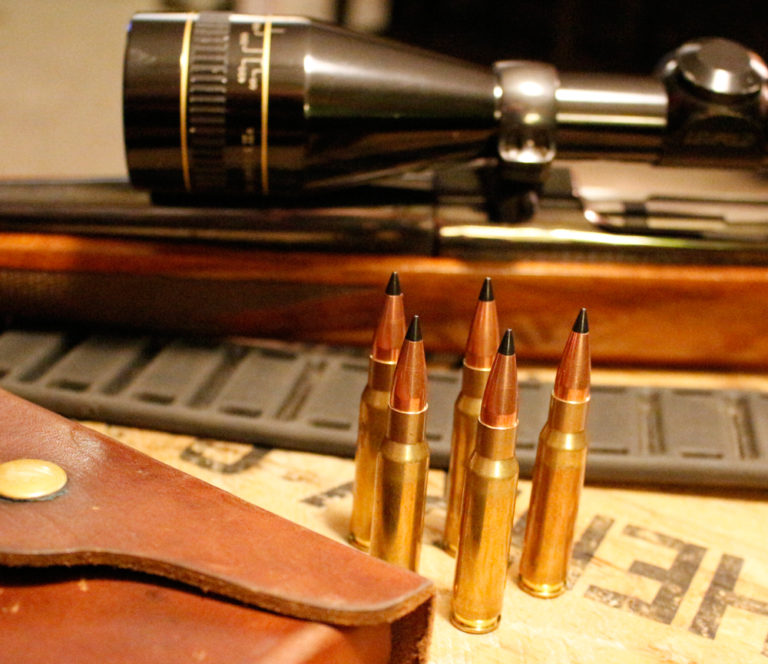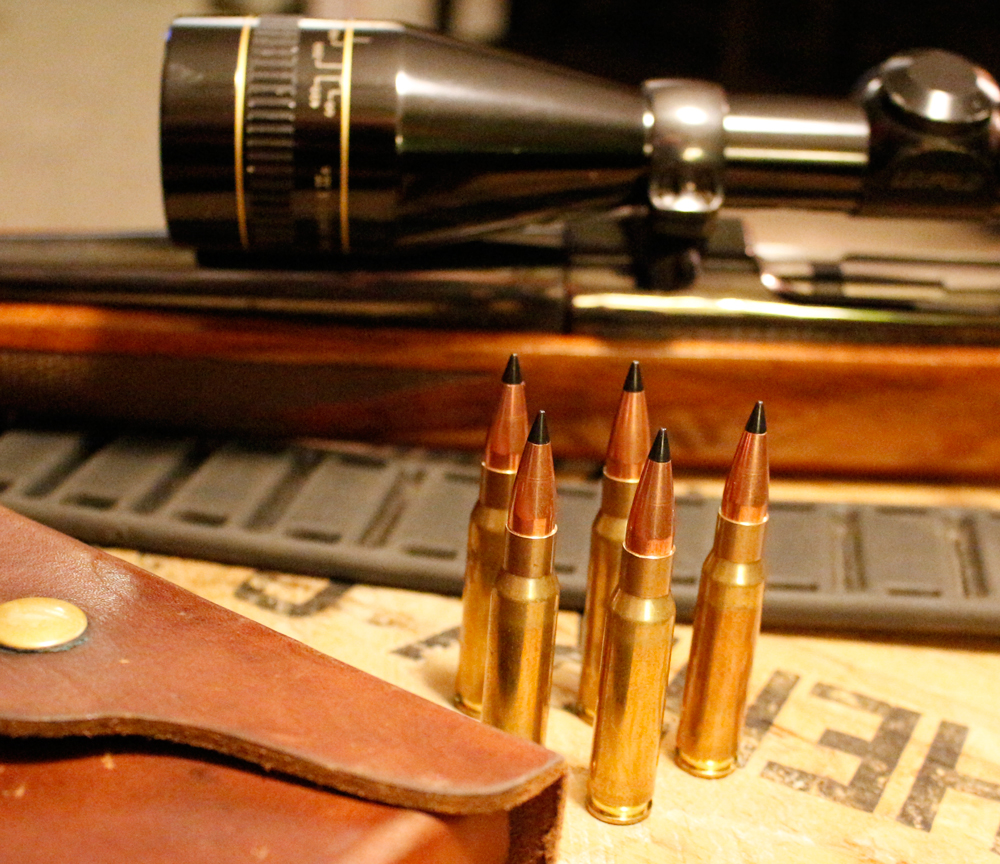

Ever since the .308 came out, shorter cartridges have been all the rage. But short-action rounds present reloaders with a unique set of challenges in getting the most out of the cartridges. Here's a primer on reloading short magnums.
The trend to make cartridges shorter has been with us since the 1940s, with the .308 Winchester being developed to replace the .30-06 Springfield.
The .308 case spawned an entire family of cartridges, from 6mm in diameter all the way up to .358. It wasn’t long before the Remington folks developed a line of short-action magnums, namely the .350 Remington Magnum and 6.5mm Remington Magnum. They didn’t exactly set the world on fire, but when Winchester announced the WSM, or Winchester Short Magnum, line of cartridges, the game was changed, and the short-action rifles had true magnum capabilities.
To the handloader, they can deliver a whole lot of power in a tiny package, but they come with their own set of unique challenges. Let’s talk about some tips for loading for the volumetrically challenged.
Starting with the .308 family of cases, you shouldn’t really encounter a case capacity problem until you hit the .308 itself. It’s not really a problem, as much as it is a challenge to find a recipe that will deliver velocities that approach the factory standard, especially with the bullets on the heavier end of the spectrum.
Look to some of the ball powders; Hodgdon’s H380 and Winchester 748 come to mind quickly. They will fit better in the compact case, and help to avoid the compressed loads that can become a pain in the arse.
The .338 Federal amplifies the problem and the .358 Winchester, although not nearly as popular as it once was, suffers the same fate. The longer spitzers that the bigger cases in these calibers drive so well will drastically compromise the capacity of these cases. For instance, using a medium length bullet in .338, say the 210 grain Swift Scirocco II, you’ll have to compress the load to 115 percent of case capacity with certain powders to achieve respectable velocities. This will not do.
Look instead to the bullets that are flat based and of semi-spitzer ogive; they keep their weight forward and take up less room in the case. I like the lighter Swift A-Frame and the North Fork semi-spitzer for these cases, as their bonded core design will prevent premature bullet breakup.
The Short Magnums offer a different set of hurdles. Like most magnum cartridges, they will show a preference for longer bullets, and for powder charges that nearly fill the case. This may pose an issue with the longest of bullets, especially the monometal bullets that are heavy for caliber.

These cartridges have also given me fits when it comes to finding a powder that will deliver consistent velocities with good accuracy, especially the .270 WSM. But, I’ve found a couple of powders that have worked out, and maybe they’ll save you some time, money and stomach lining. Reloder-17, from Alliant Powder, has solved the problem in both the .270 WSM and the less-popular 7mm WSM. The .300 WSM has shown a preference for IMR4350, Reloder-19, and Accurate Mag Pro, depending on the bullet I was loading for. I haven’t loaded for the .325 WSM, but looking at the load data I’d suspect that powders of the same burn rate would be a smart place to start developing your loads.
The same can be said of the .300 and .338 Ruger Compact Magnums, and the WSSM (Winchester Super Short Magnum) cartridges; they are not very forgiving to load for, but once the solution is found, you’ll get the performance you’re after. My gut tells me that these cartridges may not be with us in the next decade, there is just not enough demand for them. Reloading may be the only way to keep these rifles fed.
When it comes to the short magnums, I’ve asked myself more than once “Are they worth it?” I’m still on the fence.
I love the .308 family of cases, as they are a breeze to load for, but the feeding issues in certain rifles, loading dilemmas, and lack of magazine capacity have kept me from choosing one for a hunting rifle. Or, mayhaps better stated, I’ve had such good fortune with the .30-06-length magnum cartridges that I haven’t yet had reason to stray.
The choice is ultimately yours, but if you choose one of the shorties I hope this information helps you on your way.

Next Step: Get your FREE Printable Target Pack
Enhance your shooting precision with our 62 MOA Targets, perfect for rifles and handguns. Crafted in collaboration with Storm Tactical for accuracy and versatility.
Subscribe to the Gun Digest email newsletter and get your downloadable target pack sent straight to your inbox. Stay updated with the latest firearms info in the industry.

![Best Concealed Carry Guns In 2025 [Field Tested] Wilson Combat EDC X9S 1](https://gundigest.com/wp-content/uploads/Wilson-Combat-EDC-X9S-1-324x160.jpg)


![Best 9mm Carbine: Affordable PCCs [Tested] Ruger Carbine Shooting](https://gundigest.com/wp-content/uploads/Ruger-Carbine-Shooting-100x70.jpg)
![Best AR-15: Top Options Available Today [Field Tested] Harrington and Richardson PSA XM177E2 feature](https://gundigest.com/wp-content/uploads/Harrington-and-Richardson-PSA-XM177E2-feature-100x70.jpg)

A couple of questions, is annealing worth the effort for once fired Rem.(etc,) brass and have you done any work on the .243WSSM?